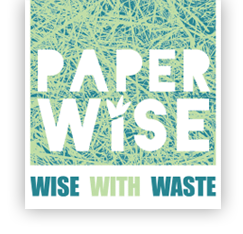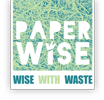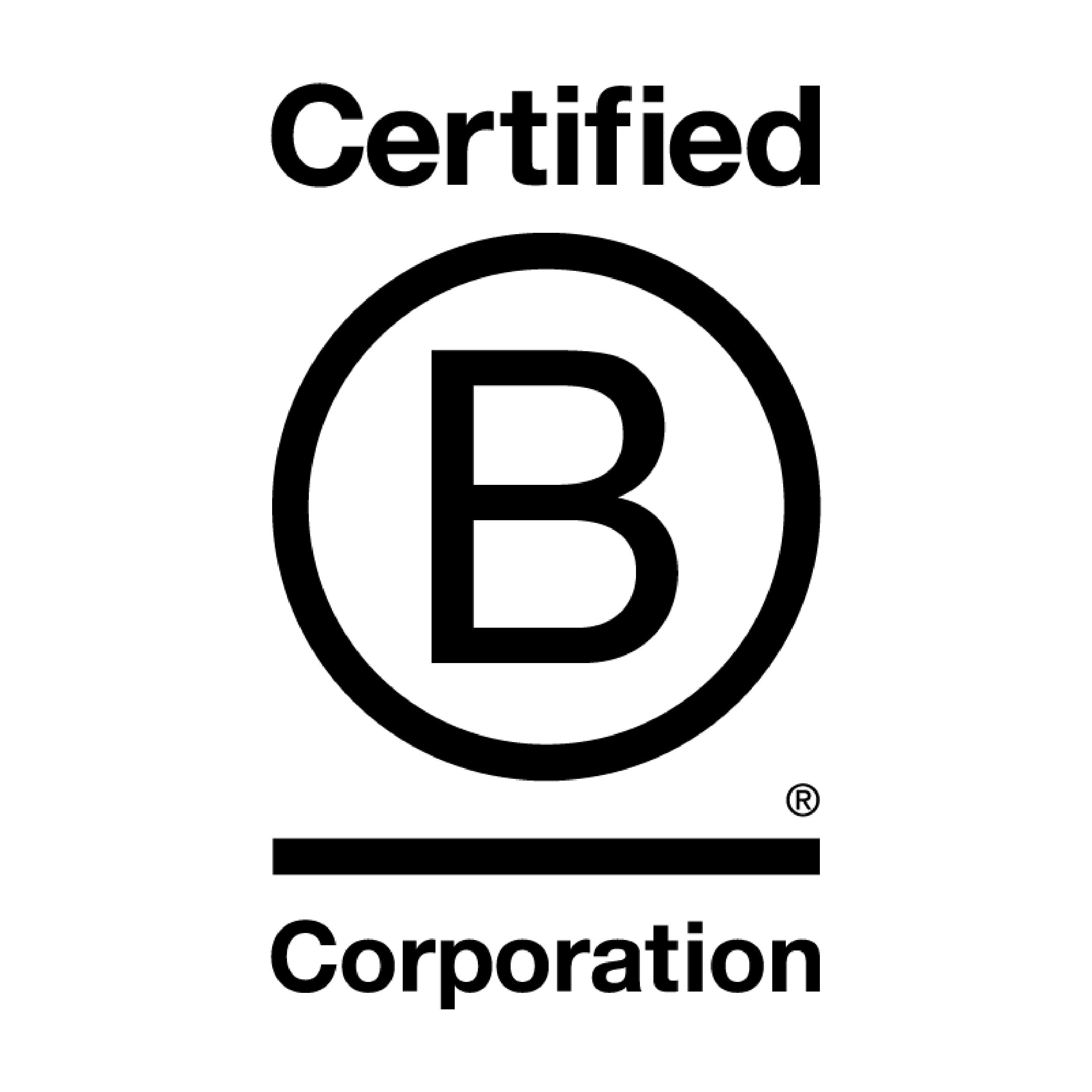PaperWise can be divided into 2 types of paper and board. PaperWise Natural and PaperWise White. All paper and board in the PaperWise Natural group are not bleached and therefore have a light brown, natural shade. PaperWise White is bleached with ECF (elementary chlorine-free) and therefore has a white colour.
The most important raw material in making paper and board is cellulose, because it gives paper its sturdiness. In addition to cellulose, grass paper and grass board contains a small percentage of grass fibres (between 5% and 30% on average). The grass used for this is excess grass that otherwise would be burned. Grass is not comprised of cellulose and does not contribute to the sturdiness of paper and board. PaperWise, like regular paper, is made from cellulose making it a sturdy, high-quality product. However, the cellulose in PaperWise is from agricultural waste instead of from trees! After harvesting crops meant for consumption such as rice, wheat, barley, hemp, sugar cane, and more, farmers in developing countries have 80% of the plants left unused as stems and leaves (agricultural waste). Some of this agricultural waste is ploughed into the ground, but most of it is worthless to the farmers and is burned in the open air. By using PaperWise, you help reduce environmental pollution and wastage of valuable resources.
Read the full story on grass paper in our blog.
Yes. PaperWise contributes to a better world. In line with its vision, PaperWise has implemented a donation policy starting in 2022. PaperWise donates annually between 3% and 5% of its net profit (after taxes) to projects in the regions where PaperWise products are made. This initiative makes a positive contribution to one or more of the United Nations’ Sustainable Development Goals (SDGs). Read more about our donation policy here.
PaperWise is certified for industrial composting EN 13432, home composting DIN CERTCO, food safety EC 1935/2004 and recycling. PaperWise is also a certified B Corp™ (sustainability certification).
If your question has not been answered, please click here to ask your question.
PaperWise packs its paper and paperboard with care for protection of the product and the environment. Concretely, this means that, where possible, PaperWise will use its own paper types as packaging material. Corrugated paperboard, as packaging material, is made of recycled paper. We continuously make our packing thinner. Some packing is provided with a coating. This is done to keep PaperWise materials in excellent condition and for moisture protection. PaperWise packing is recyclable.
PaperWise has nothing to do with genetically modified organisms. The countries from which PaperWise sources its agricultural waste do not allow genetic modification to the crops in question.
PaperWise paper is ISO 9706 certified, the international archiving standard for permanent non-perishable paper, and suitable for archiving to 100 years. The standard describes the life span criteria for wood-free paper in the area of strength, degree of acidity, and aging substances. The ISO 9706 standard is often requested by governmental organisations concerning archival legislation.
With Corporate Social Responsibility (CSR), PaperWise means that the organization continuously maintains the right balance between social and environmental responsible entrepreneurship with the aim of maintaining the continuity of the organization. Guidelines like OECD, SA8000, ILO declaration, ISO14001, OHSAS 18001, ISO 26000 form the basis for our choices and strategy. Nature is our source of inspiration.
Paper mills in Europe usually use trees or waste paper as raw material. The trees used are fortunately mostly from responsible forests, FSC or PEFC certified. Trees are widely available in Europe. Large paper manufacturers are, in many cases, also owners of forestry companies, which makes it economically difficult to use a raw material other than trees. PaperWise is produced in paper mills in Asia and South America that are fully specialized in processing agricultural waste as a raw material to high-quality paper and board. The factories are located in the same area where the agricultural crops are grown, so we avoid unnecessary transport kilometres. The paper mills are of great importance for the local communities around the factory. Investments are made in education, infrastructure and health care and the manufacturing process focuses on safety, zero waste and the preservation of ecology.
PaperWise is produced in paper mills in Asia and South America that are of great importance to the local communities around the factory. Investments are made in education, infrastructure and health care and the manufacturing process focuses on safety, zero waste and the preservation of ecology.
PaperWise does not compete with food because the paper and paperboard are made from the waste of the harvest, not from the edible parts of it. First, the nutrients are taken from the plant. Next, the remaining part of the plant, the stems and leaves are used as raw material for PaperWise.
PaperWise is made in paper mills in Asia and South-America, where many agricultural crops are cultivated and processed. The factories are located in the same area where the agricultural crops are grown, so we avoid unnecessary transport kilometres. The European distribution centre of PaperWise is located in the Netherlands. The transport takes place with container ships with either an A or B energy label. Environmental research shows that 1000 kilometres of sea transport has the same environmental impact as 51 kilometres of truck transport, when it comes to paper or cardboard. PaperWise sharply monitors the environmental impact of the transport and, where possible, tries to reduce it further. On request, CO2 emissions from our transport can be compensated.
The working conditions are modern and comply with European standards for corporate social responsibility (CSR). PaperWise verifies this together with independent parties. The paper machines are mostly built in Europe. Advanced automation and mechanization preclude heavy labour or child labour. Employees are free to join a trade union.
PaperWise is made in paper mills in Asia and South America where many agricultural crops such as rice, grain, jute, hemp and sugar cane are cultivated and processed. The factories are located in the same area as where the agricultural crops are grown, so we avoid unnecessary transport kilometres. The factories are of great importance for the local communities. Investments are made in education, infrastructure and health care and the manufacturing process focuses on safety, zero waste and the preservation of ecology.
Lignin, also called black liquor, is taken from the agricultural waste. After that, the fiber is turned white by means of the ECF (Elementary chlorine free) technique. Therefore, PaperWise has a really nice white color. Daylight makes lignin discolor into a yellowish brown. It is the binding substance that is found in trees and plants that, together with cellulose, gives sturdiness to the crop. The paper industry refers to paper without lignin with wood-free paper. The lignin is reused to generate green energy.
PaperWise is made from agricultural waste, stems and leaves left over after harvesting. This makes the felling of trees unnecessary. The FSC and PEFC labels stand for sustainable forest management and cutting down trees is part of that. Anyone who wants to contribute to the prevention of deforestation can choose PaperWise paper and board. With PaperWise, two products (food and the raw material for PaperWise) are taken from one plant and the same piece of land, and moreover, the waste streams become available annually. This is very efficient and logical use of land area.
There is no regulation or certification yet for paper and board based on agricultural waste so some of the existing certifications are not possible for PaperWise. Therefore, we offer PaperWise paper and board users the opportunity to communicate about sustainability and their conscious choice with texts and PaperWise logos available for free.
The price is dependent on the order volume. The webshop provides a clear image of your advantage with a larger order volume. Long-term contracts for companies create extra purchase advantages. Please contact us to make an appointment.
In Europe, we use approximately 77.4 billion kilograms of paper and carton every year (source: CEPI). To transport this, we need more than 5 million trucks every year.
This has to do with paper demand, worldwide population growth, and technical innovation to be able to make high quality paper and paperboard nowadays from agricultural waste. A hundred years ago, paper and paperboard was also made from agricultural waste. However, due to quality aspects, the paper industry at the time switched to virgin wood fibers as raw material. PaperWise makes it possible to again use agricultural waste as the most logical raw material for paper and paperboard. This is what we call ‘Wise With Waste’.
PaperWise is made from agricultural waste, with green energy. This residue is largely available every year. Residue that is otherwise taken as waste, will now get a new purpose. It is a secondary raw material. On the other hand, bamboo and miscanthus (elephants grass) is especially grown to be turned into paper, which means it is a primary raw material. Bamboo and miscanthus (elephant grass) became popular because the growing season is faster than that of trees, but not faster than that of agricultural crops.
PaperWise is made with green energy from agricultural waste. This is a clean raw material that does not need to be purified first, like recycled paper. Moreover, natural liquids are released from agricultural waste that are suitable for generating green energy. Environmental research shows that PaperWise has 29% less environmental impact than recycled paper. PaperWise is well disposed towards recycled paper, as this is also a good example of reusing waste material. PaperWise is perfectly suitable for recycling.
PaperWise is made from agricultural waste and with green energy. This offers many advantages:
1. Agricultural waste is available every year.
2. Material that otherwise would be processed as waste (often burned), becomes valuable now: it forms the raw material for paper.
3. By using agricultural waste, less trees have to be felled.
4. Processing agricultural waste into paper has less environmental impact than obtaining cellulose from the wood fibres from trees.
5. Green energy reduces depletion of fossil fuels and reduces the CO2 emissions.
6. The agricultural profit from cellulose is 1.5 times higher per hectare of agricultural crop than that of a hectare of forest.
7. Only one piece of agricultural land is needed for two products: food and the raw material for paper.
8. Also only one plant is needed for those two products: food and the raw material for paper.
In short: compared with FSC paper of virgin wood fibers, PaperWise offers 100% quality for about 50% of the environmental impact. Per five boxes of A4 printing or copying paper, you save one tree on average. Per 400 boxes, you save one hectare of forest.
Yes, within the gates of the factory, all energy for PaperWise is 100% green energy and, therefore, CO2 neutral.
PaperWise is available in the webshop and via your supplier. We are constantly working on expanding the PaperWise distribution network. Does your supplier not yet have PaperWise in its assortment? Or are you a wholesaler that is interested in distributing PaperWise? Please contact us to discuss the possibilities.
PaperWise is unique because the paper and paperboard is made from agricultural waste. For production, 100% green energy is used. Unique is the high quality of the paper and paperboard in combination with the low environmental impact. Agricultural waste is a waste product of the food industry: it’s the leaves and stems that are left over after the edible parts of the plants have been harvested. PaperWise gives waste of other industries a valuable purpose by turning it into high quality paper. Processing agricultural waste into raw material for paper has less environmental impact than the use of trees. Green energy reduces the CO2 emissions and the use of fossil fuels.
PaperWise paper and paperboard is of excellent quality and can be printed well in color and in black-and-white. The paper and folding paperboard can be used multifunctionally on all printers, fax machines, photo copiers, high-speed printing presses, punching machines, and glueing machines. PaperWise can be provided with customer specific coatings. PaperWise is available as graphic paper, wood-free, white, and as folding paperboard in a natural color. PaperWise continues to improve its qualities and expand its selection.
PaperWise is high quality paper and paperboard that is perfectly suitable for recycling, up to seven times. The paper and paperboard can be mixed with other paper types.
Agricultural waste offers many advantages:
- This residue becomes available every year.
- Material that otherwise would have been processed as waste, will now get the highest value: it forms the raw material for paper that can be recycled up to 7 times.
- By using agricultural waste, less trees need to be felled and you contribute to prevention of deforestation.
- Processing agricultural waste into paper has less environmental impact than processing wood fibers as raw material.
- The raw material profit in cellulose of agricultural crop per hectare is approximately 1.5 times higher than that of a hectare of forest.
- Only one piece of agricultural land is needed for two products: food and the raw material for paper.
- Only one plant is needed for those two products: food and the raw material for paper.
In short: compared with FSC paper of wood fibers, PaperWise offers 100% quality for about 50% of the environmental impact. Per five boxes of A4 printing or copying paper, you save one tree on average. Per 400 boxes, you save one hectare of forest.
This depends on the type of tree. Most types in Europe have a growing season of between 25 and 40 years. For pine and spruce, this is between 70 and 80 years. For birches, this is between 35 and 40 years. For eucalyptus trees, this is between 12 and 15 years. In comparison: agricultural land produces at least one harvest per year. Agricultural waste becomes available every year.
This sort of happened out of habit – a historic development. Trees contain cellulose, the raw material for paper. In Europe, this raw material is largely available.
Some of our paper and paperboard products are already made from 100% agricultural waste. The exact amount of agricultural waste varies depending on the type of paper or paperboard, because PaperWise must comply with many quality standards. PaperWise Natural is 100% made of agri-waste. For the paper types that do not yet consist of 100% agricultural waste, trees from sustainably managed FSC- or PEFC-certified forests are used for the remaining part. We will continue to innovate until all our products are made from 100% agricultural waste.
In Europe, all people and companies together use approximately 77.4 billion kilograms of paper and carton per year. To transport this volume, more than 5 million trucks are needed. To make these 77.4 billion kilograms of paper and carton, we only need about 1.8% of the worldwide available agricultural waste.
The four most cultivated agricultural crops worldwide are rice, grain, corn, and sugarcane. These crops have a total weight of over 16,500 billion kilos per year. About 80% of that weight can be regarded as agricultural waste and becomes available annually.
Agricultural waste, or agricultural residue, contains all parts of the plant that are released with the processing of agricultural crops like rice, grain, and sugarcane and are not suitable for human nutrition, like stems and leaves. This consists of about 80% of the harvest. The food industry only uses a small part of the agricultural crop. Often, only the seeds, fruits, roots and juices are used, which is about 20% of the plant. Because the vast majority of the plant is not of value to the food industry, we call this agricultural waste or agricultural residue. However, to PaperWise, it is everything but waste. We use it as a raw material for high quality paper and paperboard.
PaperWise considers it important that we deal with paper use carefully and consciously. Where possible, we strive to reduce the use. PaperWise also wants to inspire everyone to deal with waste material in a smarter way. Our inspiration: ‘Nature knows now waste’. Together, we can add value to agricultural waste by turning it into paper. Sustainability is embedded in our name. PaperWise: Wise With Waste.
PaperWise wants to motivate people and organizations for a sustainable society. We do this with paper made from agricultural waste, or agricultural residue. Our inspiration: ‘Nature knows no waste’. Together, we can add value to agricultural waste by making it into beautiful paper. Sustainability is embedded in our name. PaperWise: Wise With Waste.
PaperWise is committed to getting the share of agricultural waste as raw material for paper and paperboard as high as possible. We do this in cooperation with producers, certification institutes, politicians, environmental organizations, customers, and everyone who wants to contribute to a better, sustainable world.
PaperWise hopes that schoolchildren will spontaneously answer the question ‘What is paper made of?’ in several years with: ‘From agricultural waste like leaves and stems’.
Resources are scarce. PaperWise believes we should deal with raw materials in a smarter way. Why should we use primary raw materials for products when there are enough secondary raw materials – residues- available? Our inspiration : ‘Nature knows no waste’. Waste is used for a new purpose. In this case, as raw material for high quality sustainable paper. PaperWise gives agricultural waste a second life. Leaves and stems leftover from harvesting are made into raw material for high quality paper and paperboard.



